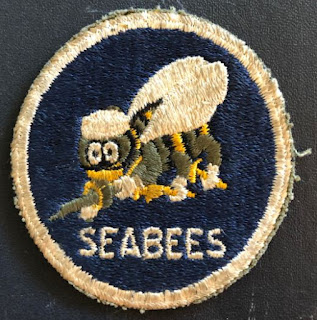Kate Athya, daughter of John Athya and Catherine Bell, was born in Govan, Glasgow, Lanark, Scotland on July 7, 1856. She was the 3rd child of 13—Ada Athya, John Athya, Kate Athya, Christina Emily Athya, Alice Athya, Helen Athya, Jane Bigland Athya, Edwin Athya, Maria Watson Athya, Florence Anna Athya, Charles A. Athya, George Howard Athya, and Harriet Sanderson Athya. An announcement of Kate’s birth was published in the Glasgow Herald on July 9, 1856:
BIRTHS. At Nithsdale Place, on the 7th inst., Mrs. John Athya; a daughter.
 |
Glasgow Herald, July 9, 1856 |
Kate was baptized at Regent Place United in Glasgow, Lanark, Scotland on September 7, 1856.
The Athya family lived in Anderston, Lanark, Scotland in 1861. By 1871, they had moved to the parish of Cathcart, Renfrew, Scotland. Her father was a grain merchant.
About December 21, 1872, Kate contracted scarlatina maligna, a severe form of scarlet fever. She died on December 31 at Kirklinton, Langside, Cathcart, Renfrew, Scotland at the age of 16. The Glasgow Herald published a death announcement on January 1, 1873:
DEATHS. At Kirklinton, Langside, on the 31st ult., aged 16, Kate, second daughter of John Athya. Friends will please accept this intimation.
 |
Glasgow Herald, January 1, 1873 |
Kate’ father was the informant on the statutory register of death. The record shows that he was an American produce merchant.
 |
Statutory register of death (click to enlarge) |
To date, I have been unable to find a burial record.
Kate is my husband’s 1st cousin 3x removed, with their nearest common relatives being Isaac Athya and Janet Graham, my husband's 3rd great grandparents.
References
- Births, Glasgow Herald, July 9, 1856.
- Cathcart, Renfrewshire, Scotland Census, 1871.
- Deaths, Athya, North British Daily Mail, Glasgow, Strathclyde, Scotland, January 1, 1873.
- Deaths, Glasgow Herald, Glasgow, Scotland, January 1, 1873.
- Kate Athya, Statutory Registers, Deaths 560/1, National Records of Scotland.
- Scarlatina maligna, The Free Dictionary; https://medical-dictionary.thefreedictionary.com/scarlatina+maligna.
- Scotland Births and Baptisms, 1564-1950, database, FamilySearch (https://familysearch.org/ark:/61903/1:1:FQ7G-SXK : 12 February 2020), Kate Athya, 1856.
- Scotland Births and Baptisms, 1564-1950, database, FamilySearch (https://familysearch.org/ark:/61903/1:1:X1BC-99F : 12 February 2020), Kate Athya, 1856.
- Scotland, Lanarkshire Church Records, 1823-1967, database, FamilySearch (https://www.familysearch.org/ark:/61903/1:1:6622-4ZLH : 9 February 2022), Kate Athya, 1856.
- ScotlandsPeople census returns index, 1861.












